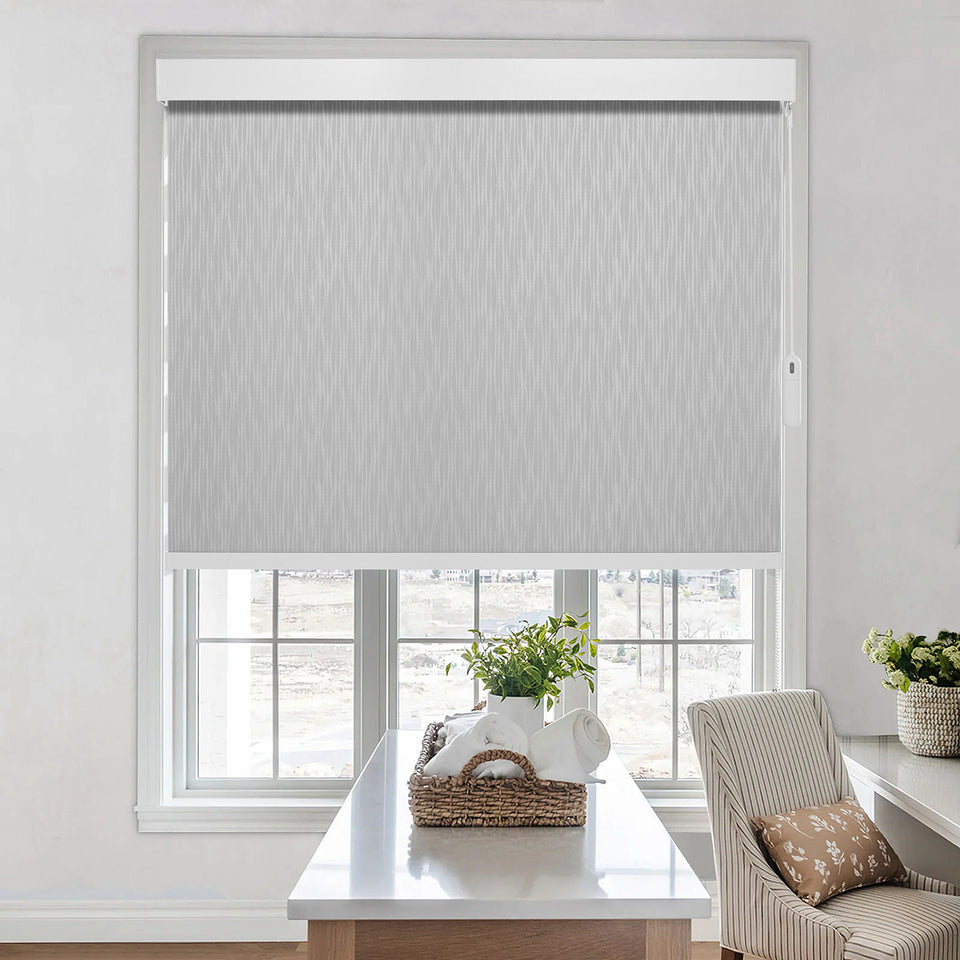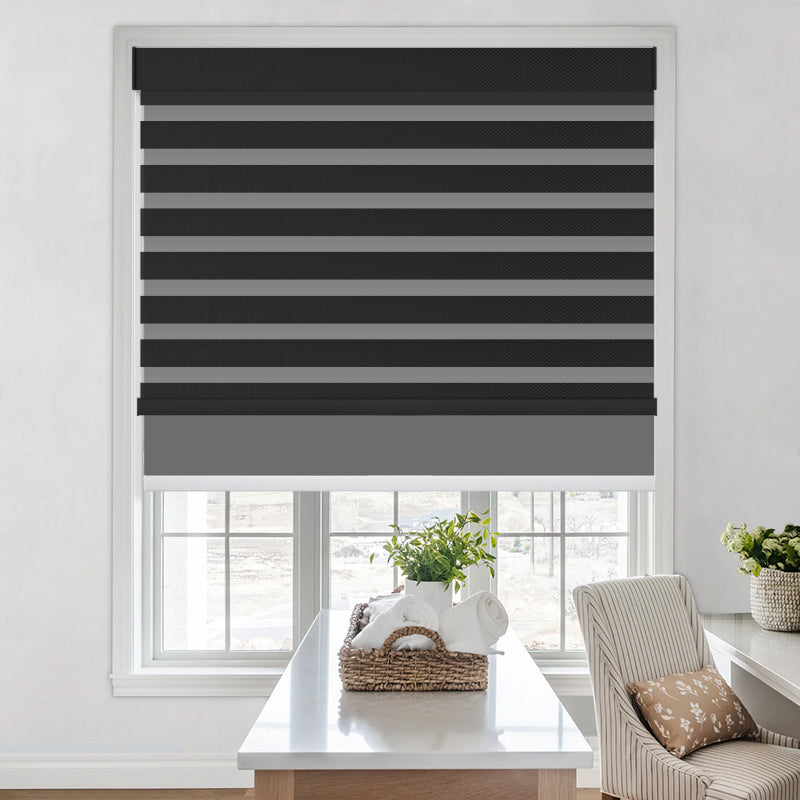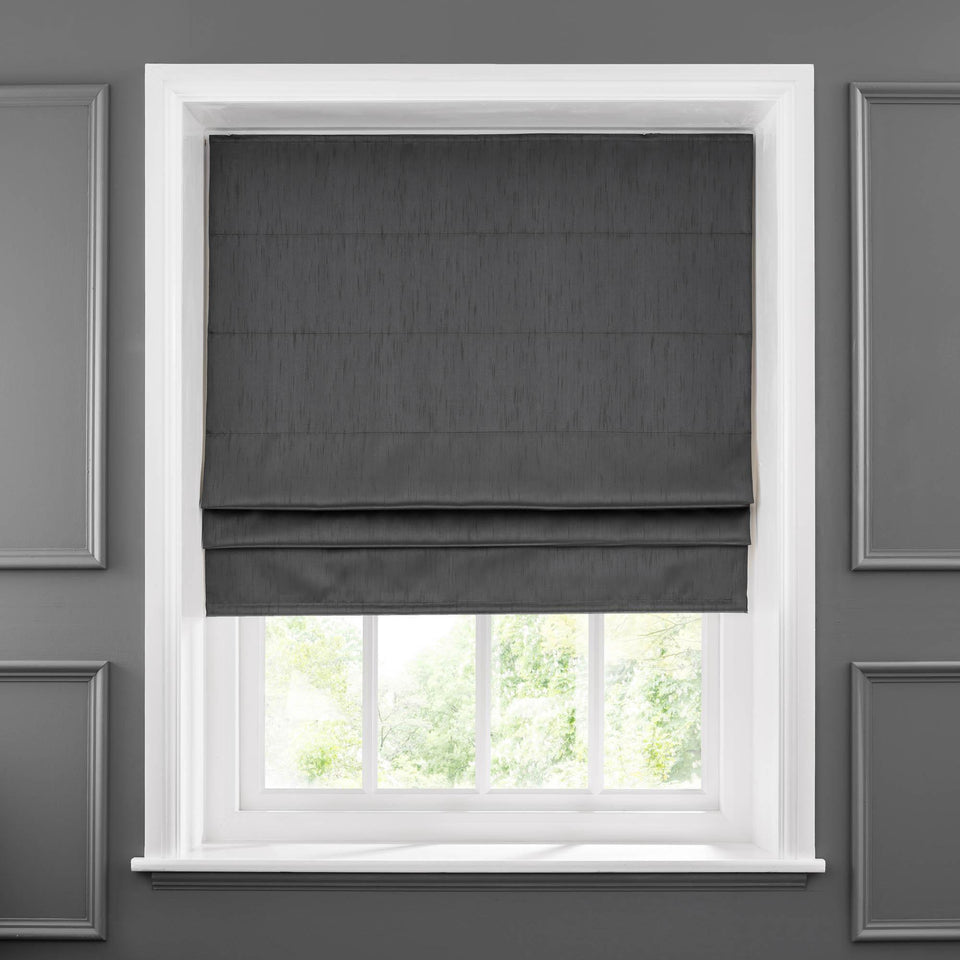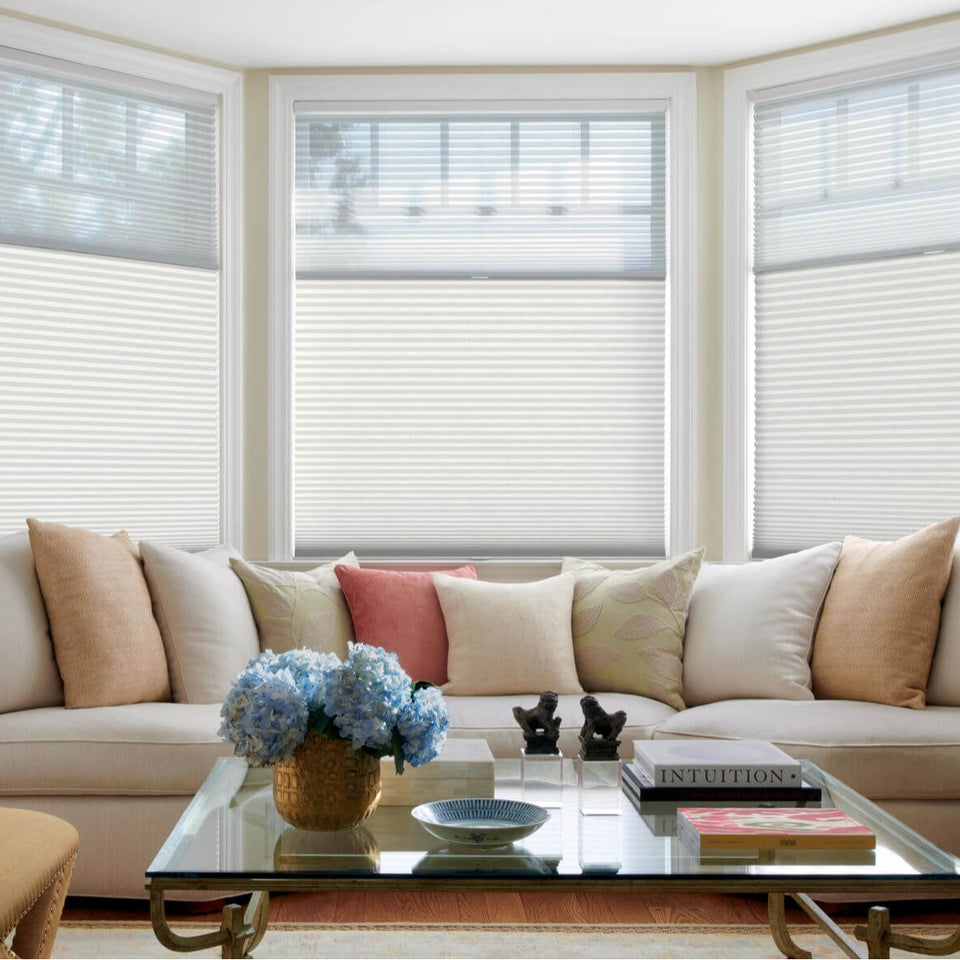Important Considerations Before Installing Vinyl Flooring
Vinyl flooring is a popular option. It is durable, affordable, and versatile. Before installing it, you should understand some key factors. These will help ensure your floor looks great and lasts a long time.
1. Understand the Types of Vinyl Flooring
Vinyl flooring comes in several types. Each has specific benefits. Knowing these will help you make the right choice:
-
Luxury Vinyl Tile (LVT): LVT mimics wood or stone. It is durable and easy to clean. It also looks elegant.
-
Sheet Vinyl: This is sold in large rolls. It is affordable and works well in kitchens and bathrooms.
-
Vinyl Composition Tile (VCT): VCT is common in offices and stores. It is long-lasting but needs regular maintenance.
-
Rigid Core Vinyl (WPC/SPC): This type is strong and waterproof. It is ideal for busy areas.
Choose a type that fits your style, budget, and room needs.
2. Check If the Room is Suitable
Not all rooms are ideal for vinyl flooring. Consider these points:
-
Wet Areas: Bathrooms and kitchens need water-resistant flooring.
-
Busy Areas: Hallways and entryways need thicker, more durable vinyl.
-
Quiet Areas: Bedrooms and home offices can use thinner vinyl.
Pick a flooring type that matches the room’s requirements.
3. Look at the Subfloor
The subfloor is crucial for vinyl installation. It must meet these conditions:
-
Flat and Clean: Uneven or dirty subfloors will show through the vinyl.
-
Dry: Excess moisture can damage the vinyl. Test the subfloor for dampness.
-
Good Shape: If using an old vinyl subfloor, ensure it is smooth. Adding plywood may help.
Preparing the subfloor properly is essential for the best outcome.
4. Use an Underlayment
An underlayment provides several benefits:
-
Water Barrier: It protects against moisture.
-
Noise Reduction: It makes the floor quieter.
-
Extra Comfort: It adds cushioning underfoot.
Follow the manufacturer’s guidance for the correct underlayment.
5. Think About Style and Color
Vinyl flooring comes in many designs and shades. Keep these tips in mind:
-
Wood Look: Ideal for traditional or warm styles.
-
Stone Look: Great for adding a touch of elegance.
-
Patterns: Perfect for unique and creative designs.
Match the flooring’s style to your room’s decor and lighting.
6. Plan Your Budget
Vinyl flooring is cost-effective, but prices vary. Think about:
-
Material Costs: Higher-quality flooring costs more but lasts longer.
-
Installation Costs: DIY is cheaper, but professionals ensure better results.
-
Additional Costs: Include underlayment, tools, or adhesives in your budget.
Set a realistic budget and stick to it.
7. Clean and Maintain the Floor
Vinyl flooring is low maintenance. Follow these steps:
-
Sweep and Mop: Regular cleaning prevents scratches and stains.
-
Avoid Harsh Cleaners: Use gentle products recommended for vinyl.
-
Protect from Damage: Place mats under heavy furniture to avoid dents.
With proper care, your flooring will stay in great condition.
8. Think About Installation
Installation requires careful planning. Consider these factors:
-
DIY or Professional: DIY saves money, but professionals guarantee quality.
-
Acclimate the Vinyl: Leave the vinyl in the room for 24-48 hours before installing.
-
Cutting and Fitting: Use the right tools for precise edges.
Proper planning ensures a smooth installation process.
9. Check the Warranty
Most vinyl flooring includes a warranty. Review it carefully:
-
Coverage Details: Know what issues are covered.
-
Duration: Longer warranties indicate better quality.
-
Installation Rules: Follow the guidelines to keep the warranty valid.
10. Think About the Environment
Some vinyl flooring options are eco-friendly. Look for:
-
Recycled Materials: These reduce environmental impact.
-
Low VOCs: Choose low-VOC flooring for healthier indoor air.
-
Recyclable Options: Some vinyl can be recycled after use.
Eco-friendly choices benefit your home and the planet.
Final Thoughts
Vinyl flooring is an excellent choice for many spaces. However, careful planning is essential. Understand the types of vinyl, assess your room, and prepare the subfloor. When done right, vinyl flooring adds beauty and durability to your home. These tips will help you achieve a successful installation that lasts for years.









